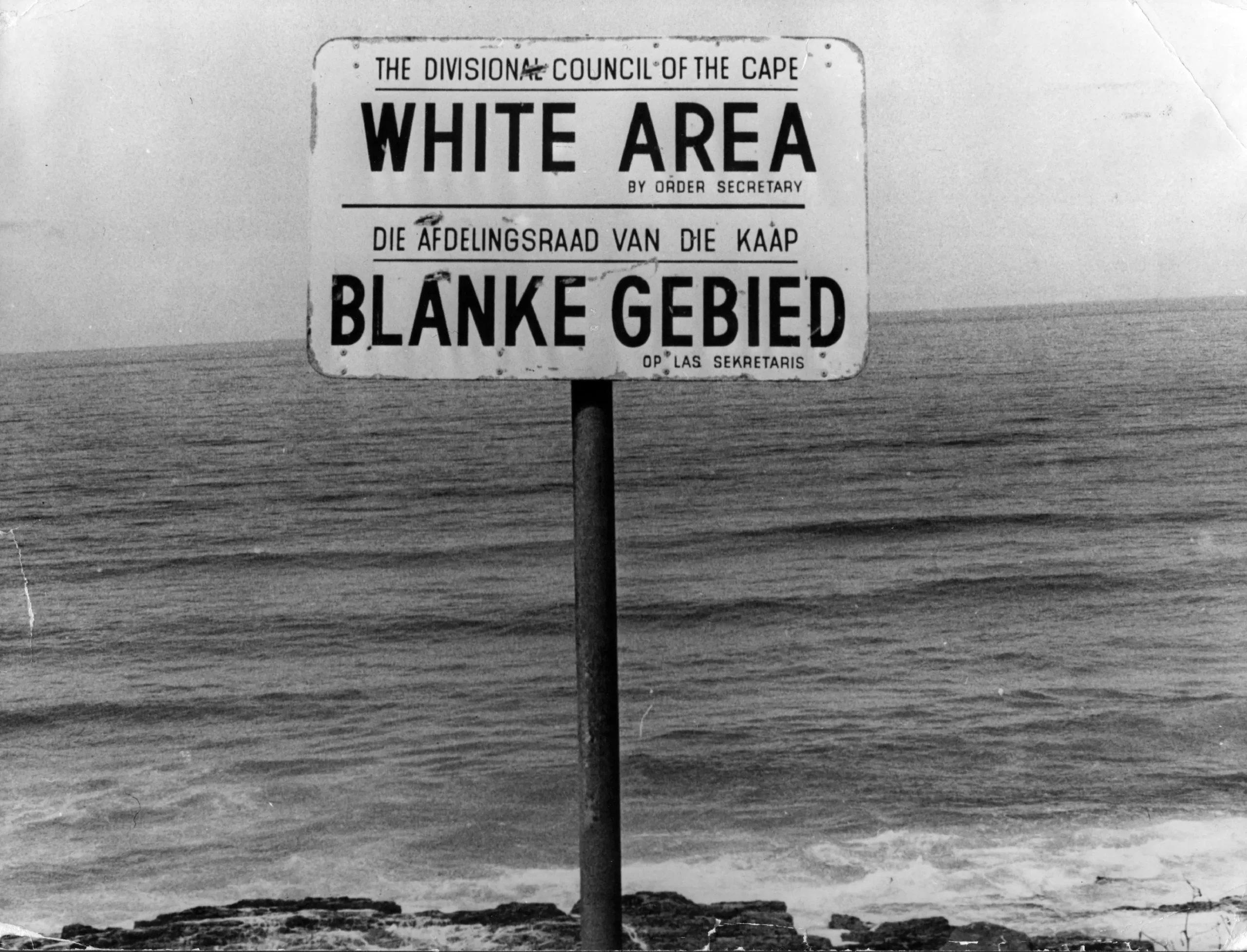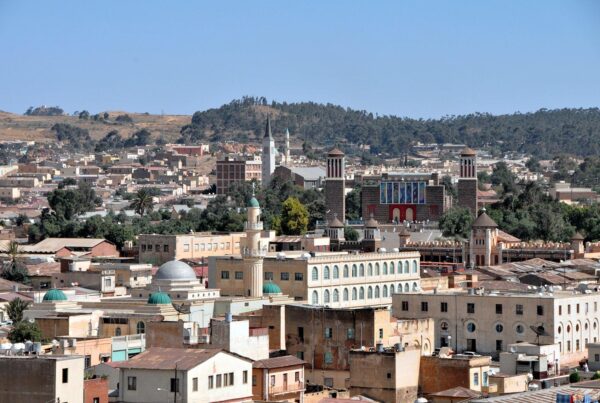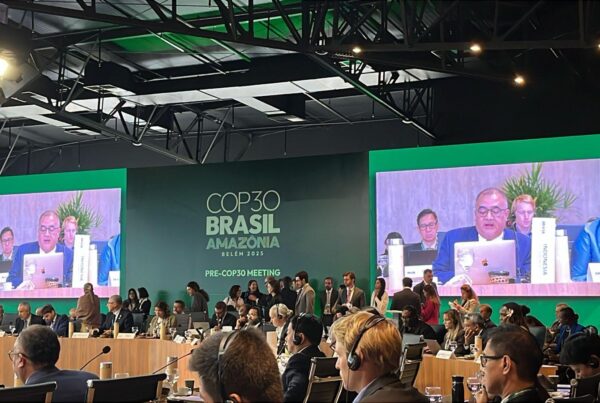Africa's apartheid has become a dark symbol of human history. Although this system officially ended more than three decades ago, its impact is still felt in the daily lives of South Africans. Why do the residents of South Africa still live apart?, we will trace the tangible traces of racial segregation that have not fully disappeared from that country.
Cape Town, a city with an astonishing panorama at the southern tip of Africa, reveals a stark contrast between the white-elite areas and the poor Black neighborhoods. This is where Hattab began his journey, opening the gate to a past that had not yet been closed tightly.
Legacy of the racial segregation system
African apartheid is not merely a historical term. This word originates from the Afrikaans language and means 'separation' or 'isolation'. During the era of the apartheid regime, all aspects of citizens' lives were regulated based on skin color: who could marry, where one could live, even toilets and schools were segregated by race.
Physical traces that are still tangible
Hattab showed two different gates, one for white skin and one for non-Whites. That concept of segregation was once carried out in an extreme way: Black people were forced to live in peripheral areas without decent facilities. Ironically, many of them are still trapped in the same environment to this day. Bad infrastructure, limited access to education, and the distance from the economic center have become daily realities.
The roots of colonization and gold
This article also traces the roots of the apartheid system to the period of Dutch and British colonization. Since gold was discovered in 1886, Johannesburg has emerged as an industrial city built on the cheap labor of black people. The social and economic structure was designed to ensure that white domination remained in place.
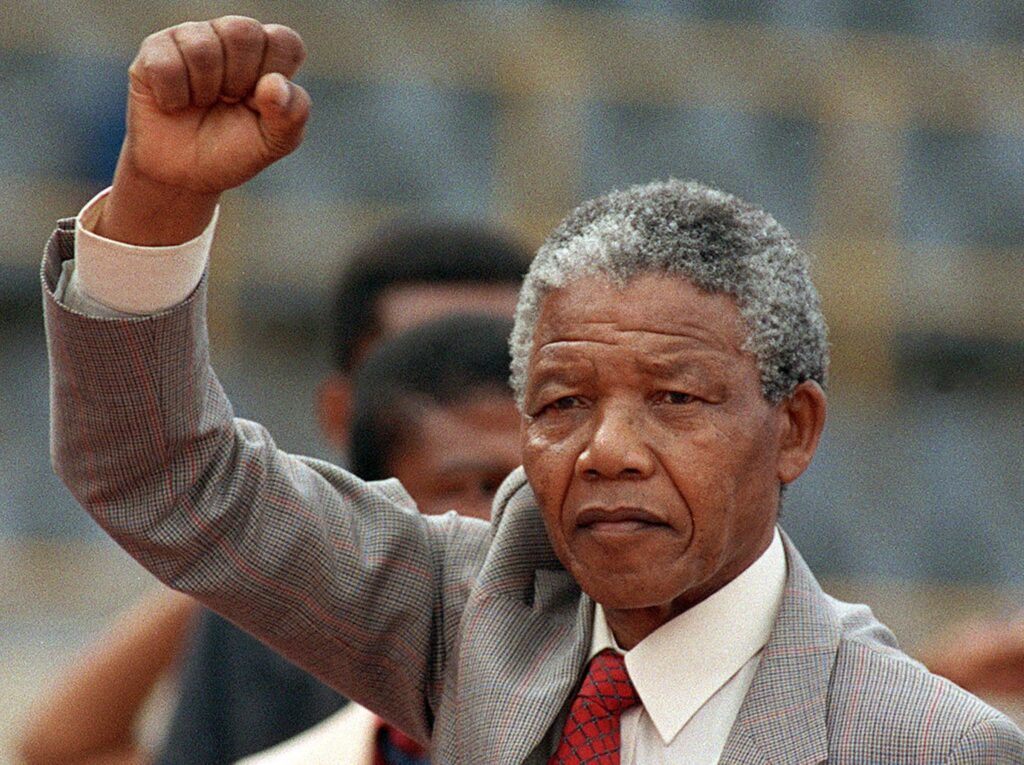
Mandela and the End of the Dark Era
Nelson Mandela became a central figure in the struggle against apartheid in Africa. They were imprisoned for 27 years for fighting for equality. Joe Hattab visits Mandela's prison cell on Robben Island, his former home, and then to the historic site in Soweto where the boy Hector Pieterson was shot by the authorities in 1976, an event that shook the world.
Global Resistance and the Collapse of the Regime
The apartheid system finally collapsed in 1994 not due to the government's moral awareness, but as a result of international pressure and economic collapse. Boycott, embargo, and the struggle of the South African people from various ethnic groups forced that racist regime to surrender. Mandela then became the first black president, a symbol of humanity's victory over oppression.
Why is South Africa still separated?
Although apartheid has ended legally, the reality on the ground is far from equal. urban researcher, Nick Budlender, explaining that the legacy of apartheid policy still shapes the patterns of the modern city. Residential areas, access to education, and employment opportunities remain polarized based on race.
Deep-rooted structural inequality
In Cape Town, White residents still occupy the elite coastal area, whereas the majority of Black residents live in townships with high unemployment. The economic system and land ownership remain tilted toward the white minority. This makes social mobility almost impossible for the majority of the poor.
The Invisible Gap
A new form of apartheid is now emerging in the economic dimension. Segregation is no longer legal, but rather through differences in the quality of education, healthcare, and business opportunities. Many generations of young Black people are still trapped in the cycle of poverty inherited from the past.
Africa and Palestine: Two Wounds That Are the Same
One of the most emotional parts is when he links the African apartheid experience to the current situation in Palestine. South Africa has become one of the most vocal countries in supporting the Palestinian people's struggle, because it sees the similarity between its past racial oppression and the segregation policy in the occupied territories.
Solidarity of Living History
Hattab showed the mural "Free Palestine" in Bo-Kaap, Cape Town, a historic Muslim neighborhood. He also presents strong statements from South African figures:
Our independence is not complete without Palestine's independence.
For many activists, the form of control and separation in Palestine is even described as more extreme than apartheid in South Africa. Joe describes the similarities between them through the separating wall, checkpoints, and mobility restrictions that constrain the lives of civilians.
Delving into Luka's Apartheid Archive.
To strengthen his narrative, Hattab combed through the museum and the prison left from the apartheid era. In a Johannesburg prison, it shows how systemic discrimination is carried out—from food distribution to prisoners' rights, even cell sizes are separated based on skin color.
Shocking Historical Evidence
They showed a racial identity card (White, Black, Coloured, Indian) and a residence permit that once determined a person's fate. In fact, there is a "pencil test," an absurd method for determining a person's racial category. All this evidence shows that apartheid is not merely a political policy, but an ideology of supremacy that is imposed through violence.
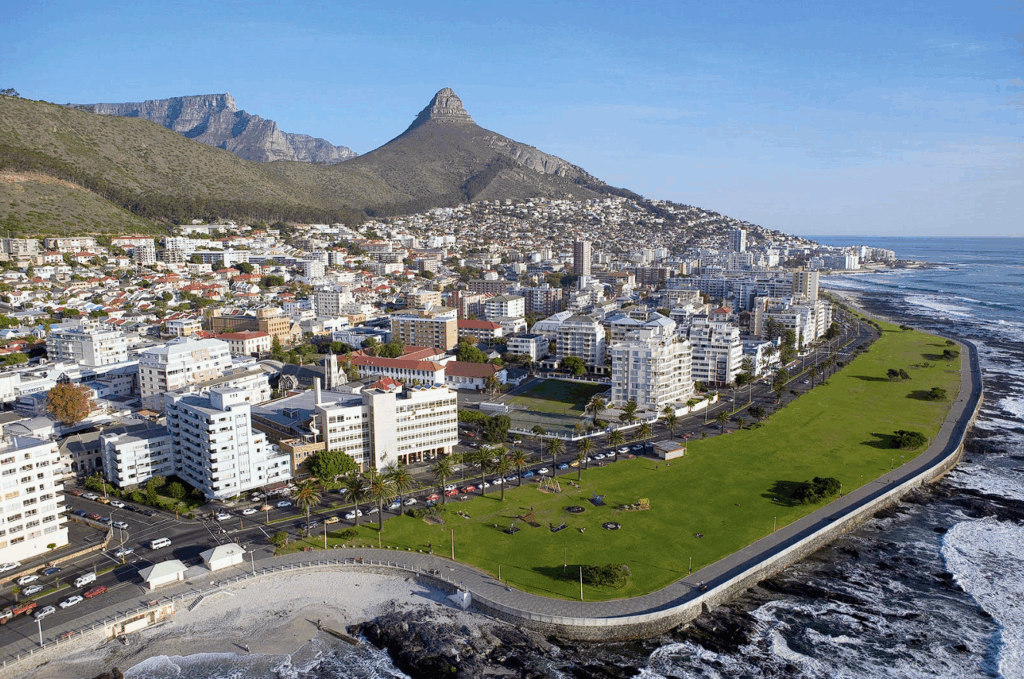
Cape Town: Beautiful City on Top of an Old Wound
Cape Town looks stunning with the majestic Table Mountain and the blue beaches. But behind that beauty lies a contradiction. Bo-Kaap, a colorful area with pastel houses, was formerly a forced settlement for Muslims of Asian slave descent.
Art as Resistance
Now, mural art and bright colors have become symbols of freedom for the people of Bo-Kaap. They turned wounds into a strong cultural identity. Highlighting how society uses art to heal collective trauma while voicing global solidarity with Palestine.
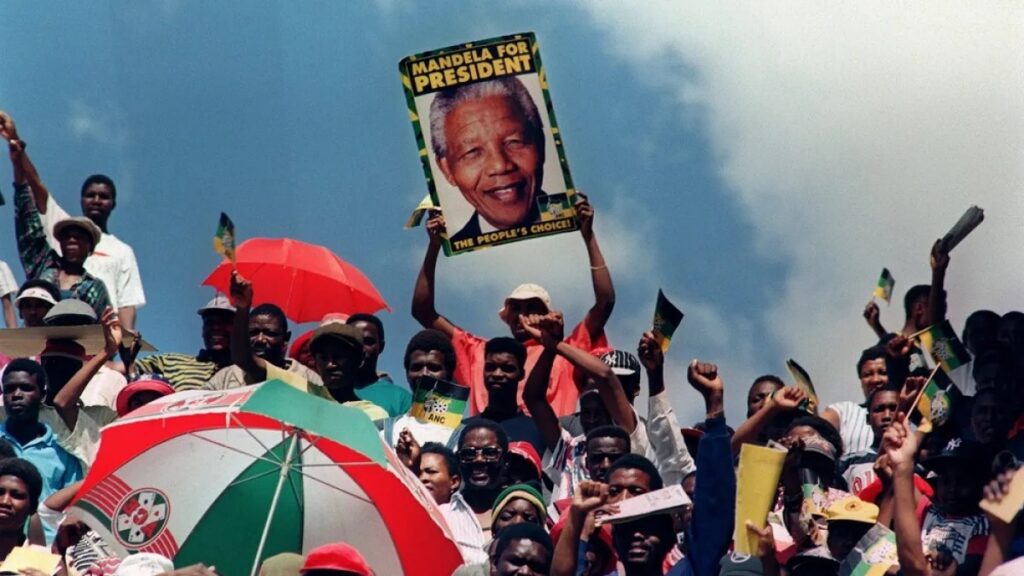
Activist Voice: A New Hope for the World
An anti-apartheid activist who was taught from a young age that racial privilege is a lie. The activist emphasized that the struggle is not over yet; now it's the turn of the new generation to fight injustice wherever it may be.
Now South Africa is free. We look forward to that day for Palestine.
Those words are a universal message of humanity: true freedom cannot be selective, and justice knows no skin color or national borders.
Lessons from History: Apartheid Has Never Really Ended
That apartheid is not merely a dark chapter in Africa's history, but a warning to the world. A system that normalizes discrimination can transform into a new, more subtle form, but equally dangerous.
Although South Africa now has a strong democratic constitution, the legacy of inequality still haunts the younger generation. Unequal access to education and employment opportunities makes it difficult for many Black families to escape structural poverty.
In addition, capital and property remain concentrated in a small group that inherits the wealth of the colonial era. This is why, 30 years after apartheid ended, the dividing line is still clearly visible among the communities.
The Living Heritage
Africa's apartheid may have ended legally, but its social reality is still felt on the streets of Johannesburg and the outskirts of Cape Town. The legacy of injustice has now become a global reminder of the danger of a system that divides people based on skin color.
From Nelson Mandela's struggle to the call for solidarity with Palestine, the main message is clear: Humanity cannot be separated. As long as there is inequality and discrimination, the struggle is not over.
Discover more from Insimen
Subscribe to get the latest posts sent to your email.

